From “Places to Avoid” to “Places to Visit” - Reimagining Tokyo’s Toilets
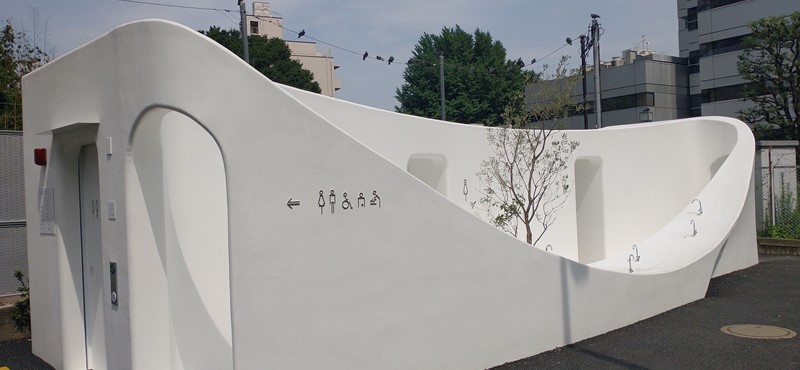
Tokyo is known for its mix of modern buildings and traditional temples and shrines, a hyper-efficient transit system, and a rich food culture. But these days, a new kind of facility is attracting the attention of tourists: 17 public toilets which are part of THE TOKYO TOILET project. Curious to find out what was so special about these toilets, Euan’s Guide volunteer Jenny Yamamoto and her friend set out on a quest to visit all 17 toilets, using the map on the official website.
The first thing we noticed was that the toilet designs were a mix of modern and traditional styles and that they were much more aesthetically pleasing than your average public toilet (at least on the outside!). But this should not have come as a surprise because these toilets have been designed by some of Japan’s top architects (no less than five Pritzker Prize winners), as well as a fashion designer, product designer, interior designer, creative director, and university professor. Industrial designer Marc Newson and Miles Pennington of the DLX Design Lab at the University of Tokyo were involved, as well as Kengo Kuma, the architect behind the iconic V&A Dundee museum of design.
However, what makes these toilets unique is not just who they were designed by, but who they were designed for. A key feature of THE TOKYO TOILET project from the start was that the toilets should be easily accessed by a diverse range of users. Koji Yanai, the main driver of the project and son of UNIQLO founder Tadashi Yanai, was looking for a project for the 2020 Tokyo Olympics and Paralympics which would enhance the appeal of the city. He became aware that Tokyo wasn’t an easy city to navigate for disabled people, so he was initially interested in something which would facilitate their mobility. He later concluded that it would be exciting to create something which would appeal to everyone – so his mission to reimagine public toilets began.
In a speech to the Harvard School of Design, Yanai said that he decided to try to change social values “by putting the world’s highest level of creativity into the most fundamental activities that humans must perform as long as we are human.” He found ready partners in the form of Tokyo’s Shibuya Ward, who already had a detailed strategy on public toilets, as well as the Nippon Foundation, a large non-profit organisation based in Tokyo, which agreed to execute the project. The team then approached top architects and designers, one by one.
Yanai’s brief to the designers was to “look at what the issues are, and innovate the public toilet” (Yanai, speech to HSD 2022). They were also asked to include at least one universal design toilet. These toilets became known as the “everyone toilets” – in other words, not male or female, but for everyone. Accessibility meant accessible for wheelchair users, but also others: people with colostomy bags, frail people who need something to hold when navigating the toilet, people with young children. Safety was another concern of the designers.
Another distinctive feature of the project is the commitment to clean the toilets. Whereas public toilets in Shibuya Ward are normally cleaned once a day, the toilets under this project are cleaned up to three times a day. Furthermore, the cleaning staff wear a specially designed uniform, which was designed by fashion designer NIGO®. However, when interviewed, the representatives from the Nippon Foundation and Shibuya Ward were not sure whether this cleaning regime could be sustained longterm.
Two aspects of the project are worth mentioning here. Though the concept is a positive one, there seems to have been limited involvement of user groups in the design process. When asked about this, the Shibuya Ward official mentioned that their public toilet strategy document had been developed in consultation with some groups, so they considered that user views were already reflected there. The designers also worked with TOTO, a leading toilet manufacturer and expert in accessible toilet design. With the toilets now built and in operation, this may be an opportune time to survey actual users about their experiences.
The project also highlights the fact that there are so many different types of users, who sometimes have conflicting design needs. For example, the colostomy basins may be mistaken for a hand basin by visually impaired people, or the baby changing table may block the path for people using wheelchairs.
However, such design challenges may also give rise to unexpected discoveries, as was the case for the Kazoo Sato and Disruption Lab Team toilet in Nanago Dori Park. Aware that some people had an aversion to touching surfaces, the team incorporated voice-operated commands in English and Japanese (such as to lock the door and flush the toilet), functions which would also be useful for people with limited physical strength or visual impairments. Taking a very broad perspective on accessibility can lead to new design features which benefit a diverse range of users, sometimes in unexpected ways.
For more information about THE TOKYO TOILET project and the toilets, please visit the official website of THE TOKYO TOILET project. Insights into the origins of the project can be found in Yanai’s lecture at the Harvard School of Design (“THE TOKYO TOILET – A Lecture by Kohji Yanai and conversation with Rahul Mehrotra and Seng Kuan”, available on YouTube.
Finally, you may also catch glimpses of some of these toilets in the film “Perfect Days”, directed by Wim Wenders, featuring a story about a toilet cleaner in Tokyo.
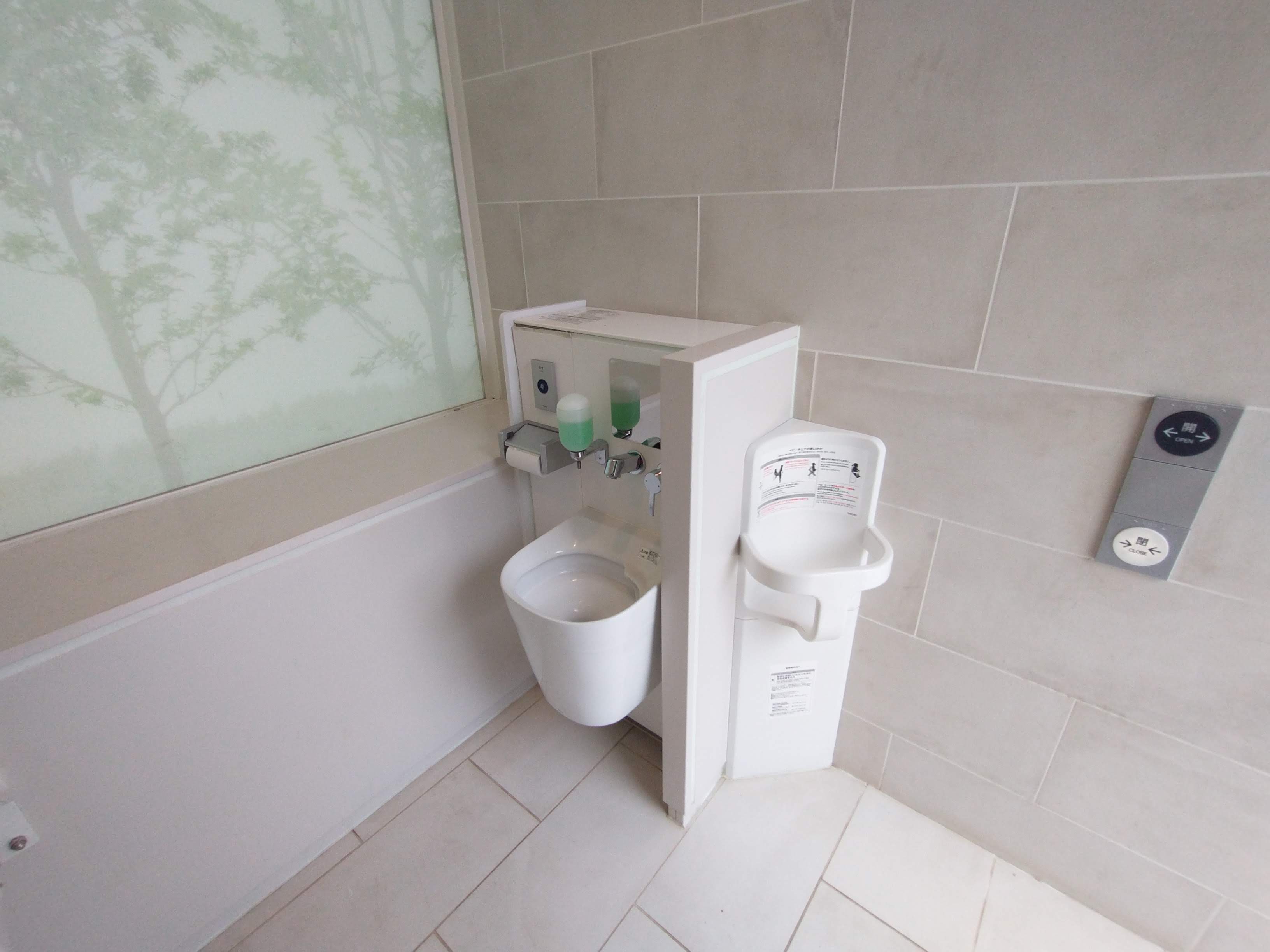
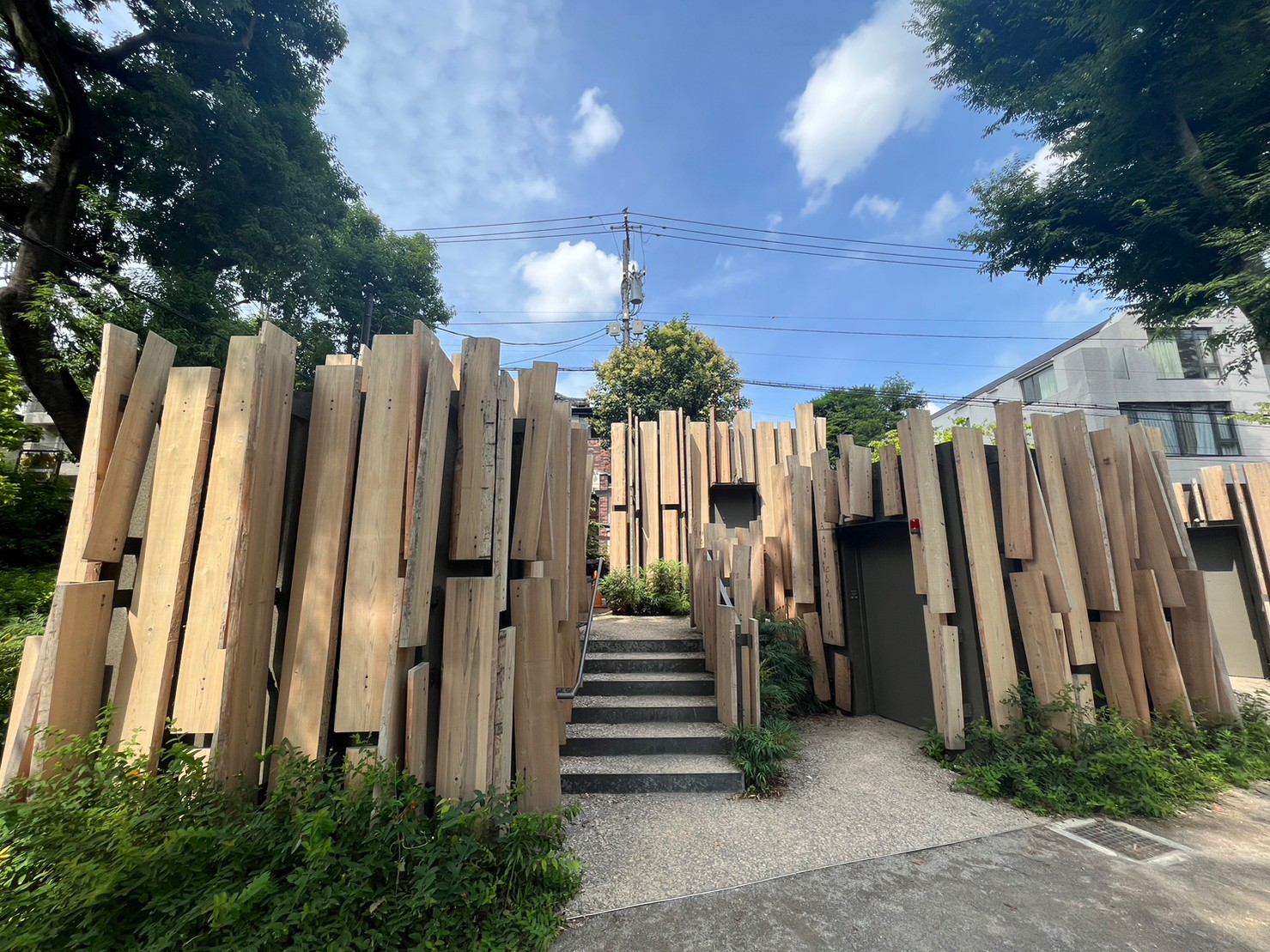
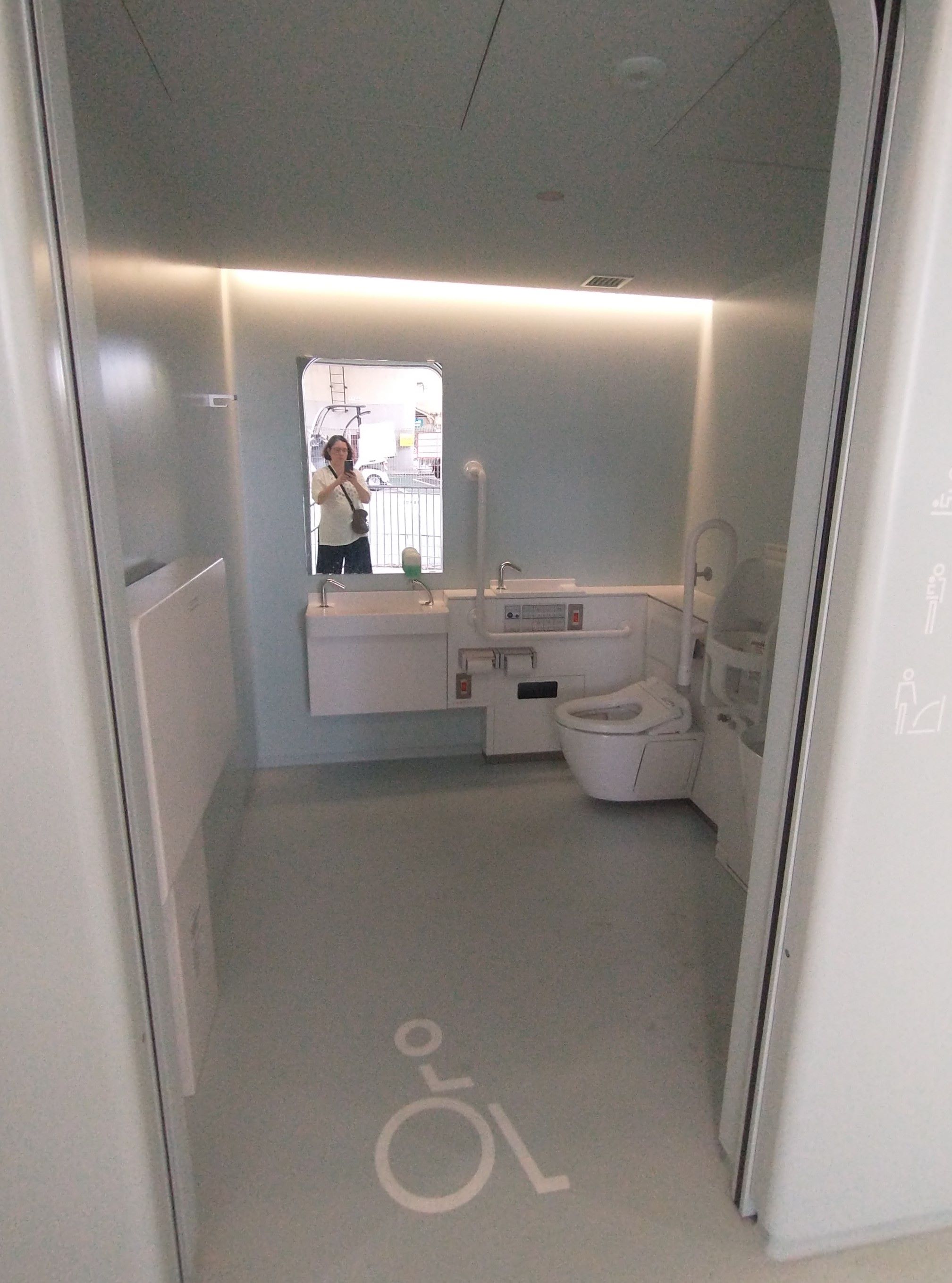
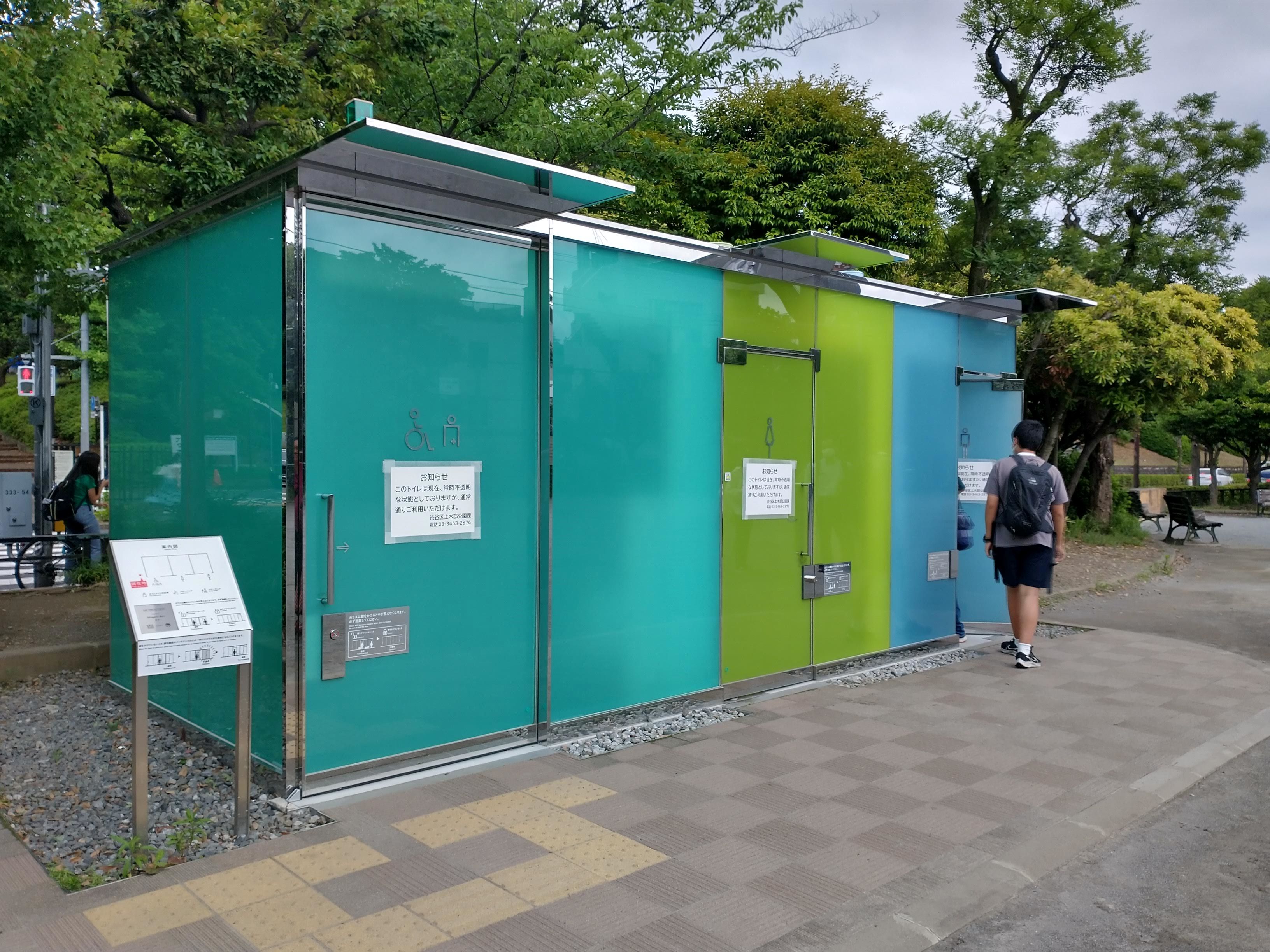
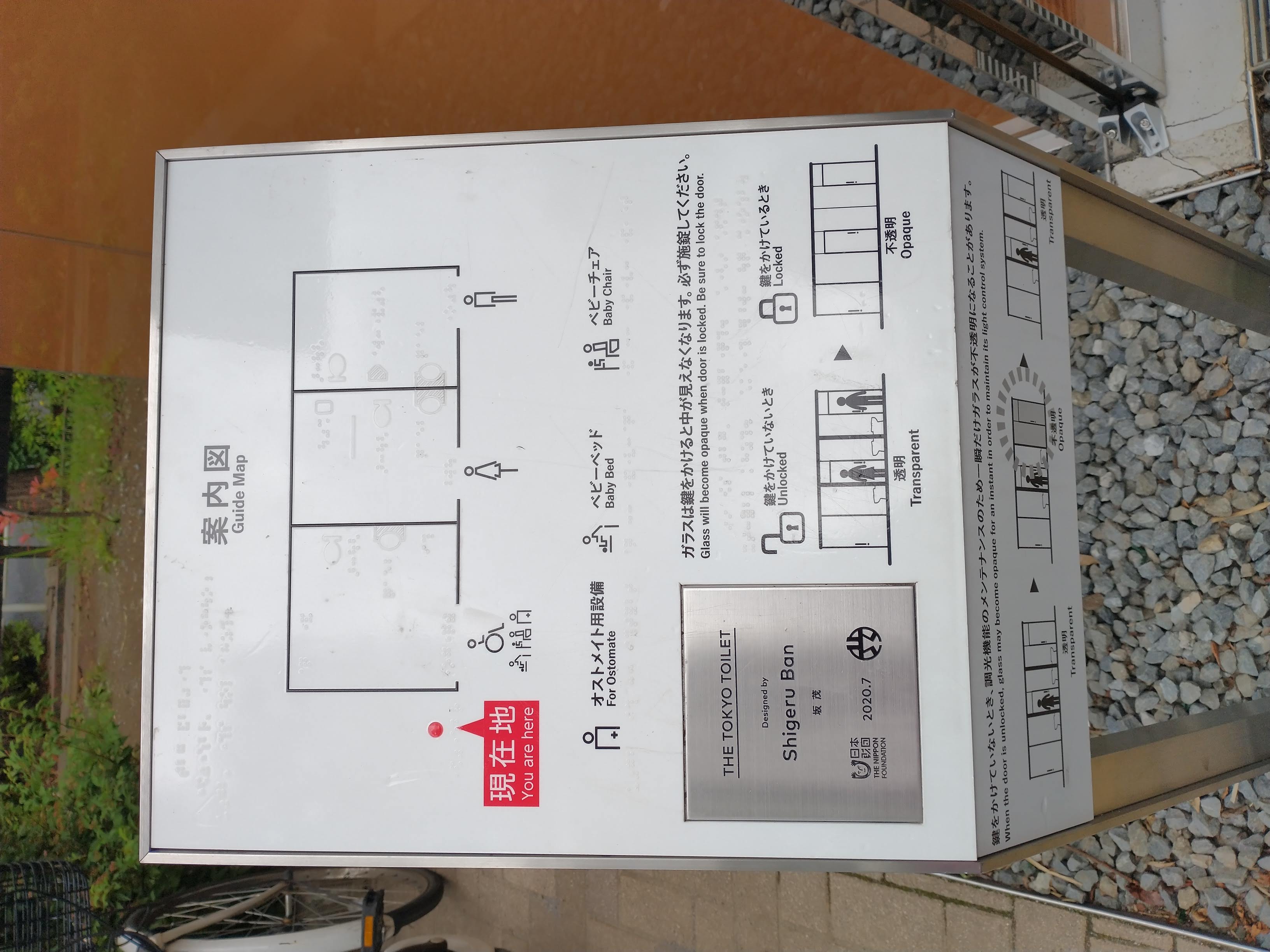
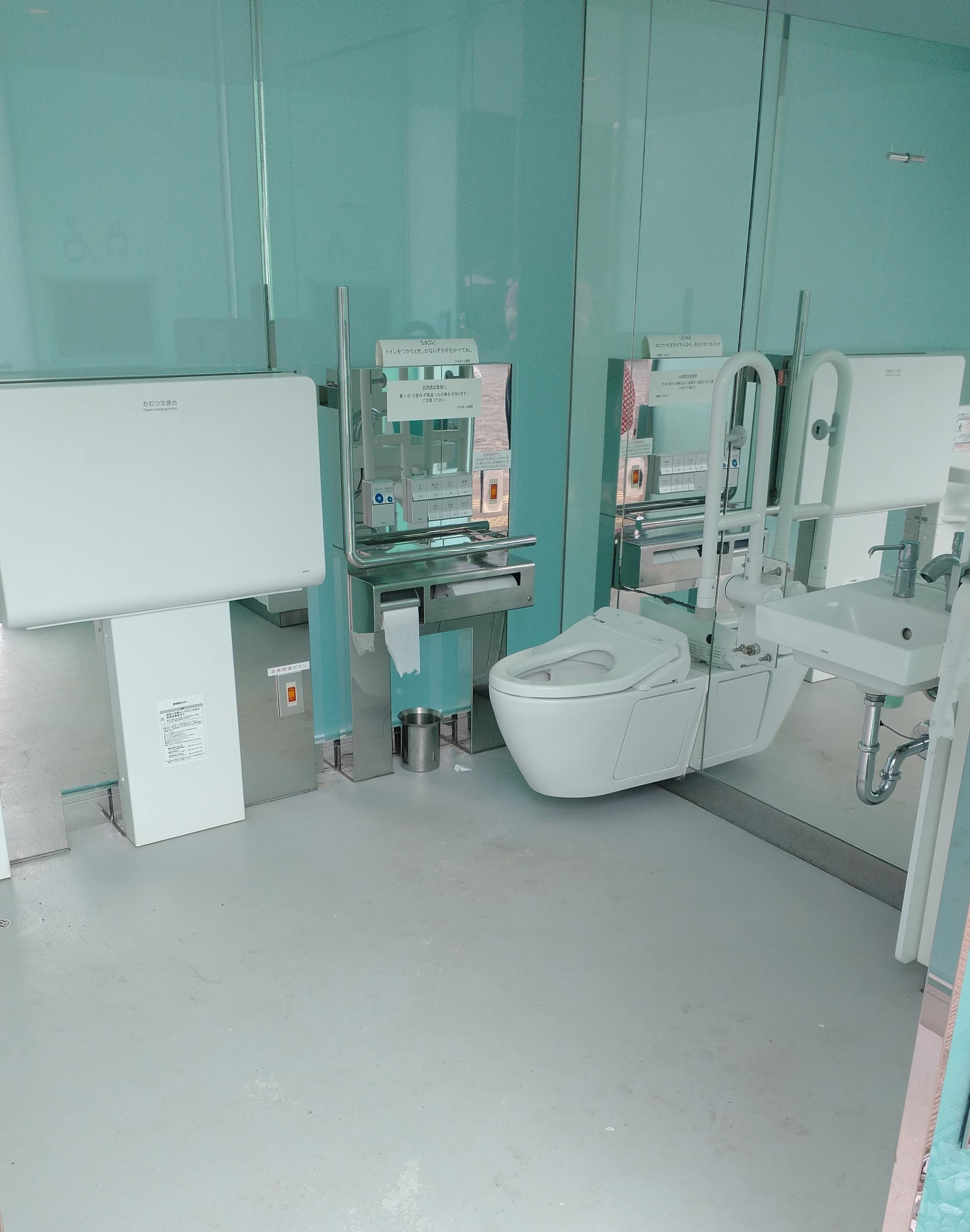
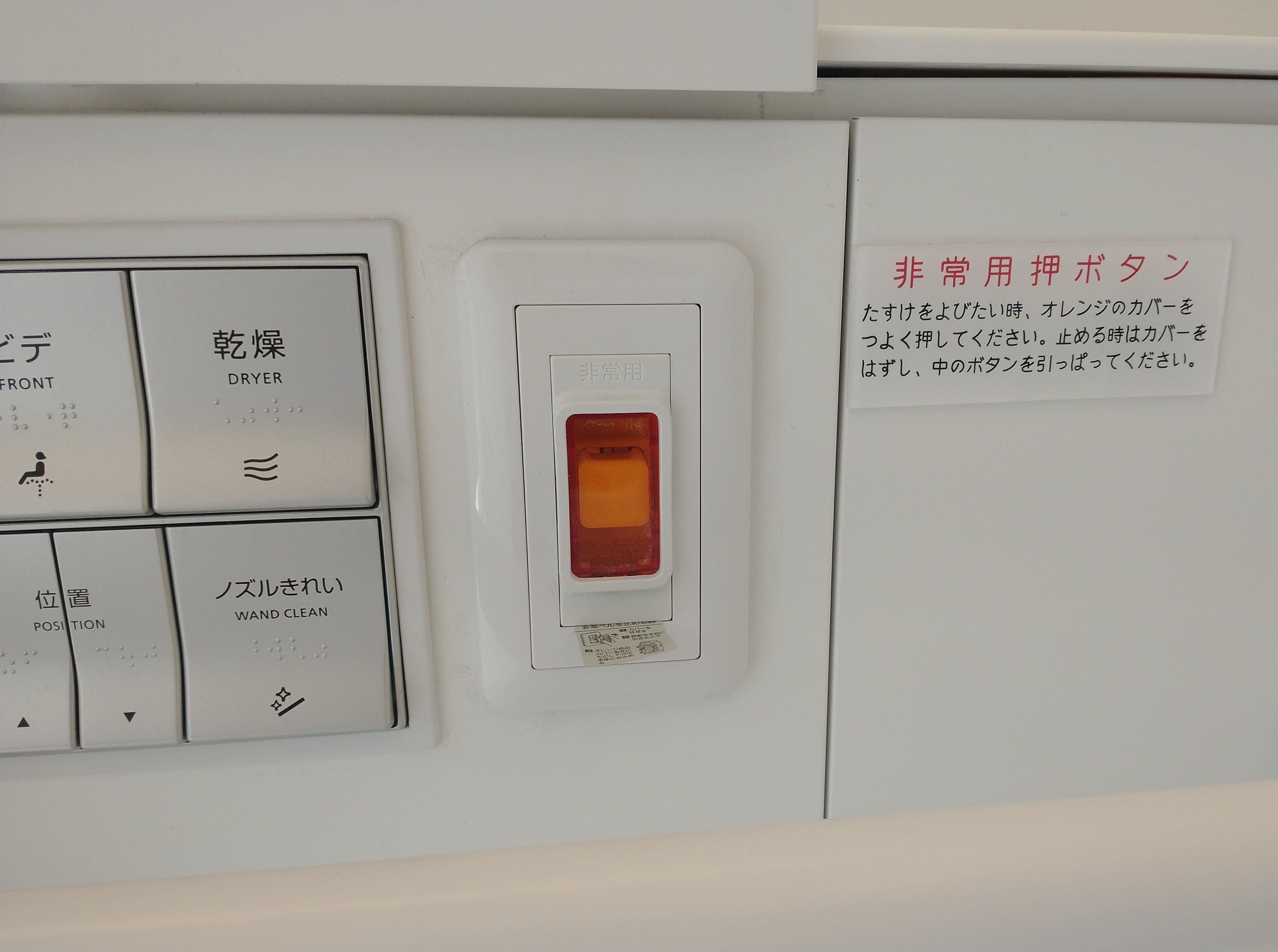
Jenny would like to thank Akiko Yamada and Haruka Takizawa of the Nippon Foundation and Mineyuki Hatakeyama of Shibuya Ward Office for participating in the interviews, and Haruko Kohno for sharing her photos.


 Follow Euan's Guide on Instagram
Follow Euan's Guide on Instagram
 Follow Euan's Guide on LinkedIn
Follow Euan's Guide on LinkedIn
 Follow Euan's Guide on Facebook
Follow Euan's Guide on Facebook


Comments
You have to be signed in to leave a comment.
Login / Signup